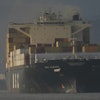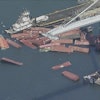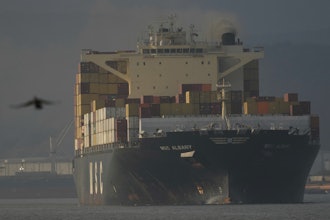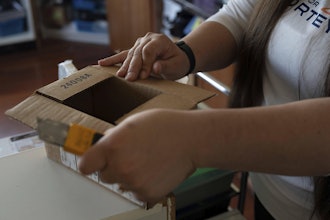The Chicago Federal Reserve Bank's Midwest Manufacturing Index rose 0.7 percent in June, to a seasonally adjusted level of 107, the bank said on Thursday.
Revised data show the index fell 0.1 percent in May, to 106.2.
Regional output in June was 5.7 percent higher than a year earlier, lower than the national output’s 5.9 percent increase.
Three of the four regional sectors expanded in June. The auto sector increased its production by 2.1 percent, while output in the regional steel sector rose by 0.8 percent, and the Midwest machinery sector increased 0.4 percent. During the same time period, the regional resource output was down 0.1 percent.
Midwest auto sector production rose 2.1 percent in June after decreasing 0.2 percent in May. The nation’s auto output was up 2.0 percent in June. Compared with a year earlier, Midwest automotive output was 6.1 percent higher in June, and national auto output was up 6.6 percent.
The region’s steel sector output was up 0.8 percent, after rising 1.9 percent in May. The nation’s steel output was up 0.7 percent in June. Regional steel output was 9.8 percent above its June 2005 level, slightly higher than the 9.4 percent increase in the nation’s steel output.
Midwest machinery sector output increased 0.4 percent after falling 1.0 percent in May. The nation’s machinery output rose 1.0 percent in June. Regional machinery output in May was 8.1 percent above year-earlier levels, while national machinery output was up 14.7 percent.
The Midwest resource sector’s output decreased 0.1 percent in June after a decrease of 0.5 percent in May. The nation’s resource sector’s output was up 0.2 percent in June. A decrease in food production in June was offset by increases in paper, wood, and nonmetallic mineral production; regional chemical was unchanged. Compared with a year ago, regional resource output was up 2.6 percent, while national resource output was up 2.0 percent.
Meanwhile, the Kansas City Federal Reserve said manufacturing activity in its region eased in July, following solid expansion in June. Expectations for future factory activity, however, rebounded strongly following a sizable decline last month.The price indexes in the survey all fell slightly but remained high by historical standards.
The net percentage of firms reporting month-over-month increases in production in July was 11, down from 23 in June and 34 in May, according to the Kansas City Fed. The somewhat slower growth was broad-based, as production decelerated at both durable- and nondurable-goods-producing plants.
The year-over-year production index decreased slightly for the second straight month as well, falling from 47 to 35. The future production index rebounded from a sizable drop in June, rising from 23 to 37. Although sample sizes make it difficult to draw firm conclusions about individual states, the data available suggest that production remained well above year-ago levels in all district states.
The majority of other month-over-month indexes of factory activity were down from last month. The shipments index fell considerably for the second straight month, dropping from 20 to 7. The new orders index had a sharp drop this month, falling from 22 to 8, and the order backlog and employment indexes also declined. Inventory indexes experienced a sharp decrease after recording a five-year high in June. On the other hand, the new orders for exports and supplier delivery time indexes were largely unchanged from last month.
Plant managers’ expectations for future factory activity showed considerable improvement from June, the KC Fed said, with most indexes increasing or remaining unchanged. The future shipments index was up from 18 to 45 and the new orders index also jumped from 10 to 35, following a month in which both indexes posted their lowest readings in over four years. In addition, future backlog, employment, and employee workweek indexes all recorded solid gains. The future capital expenditures index rebounded strongly after posting a three-year low and three straight months of decline.













